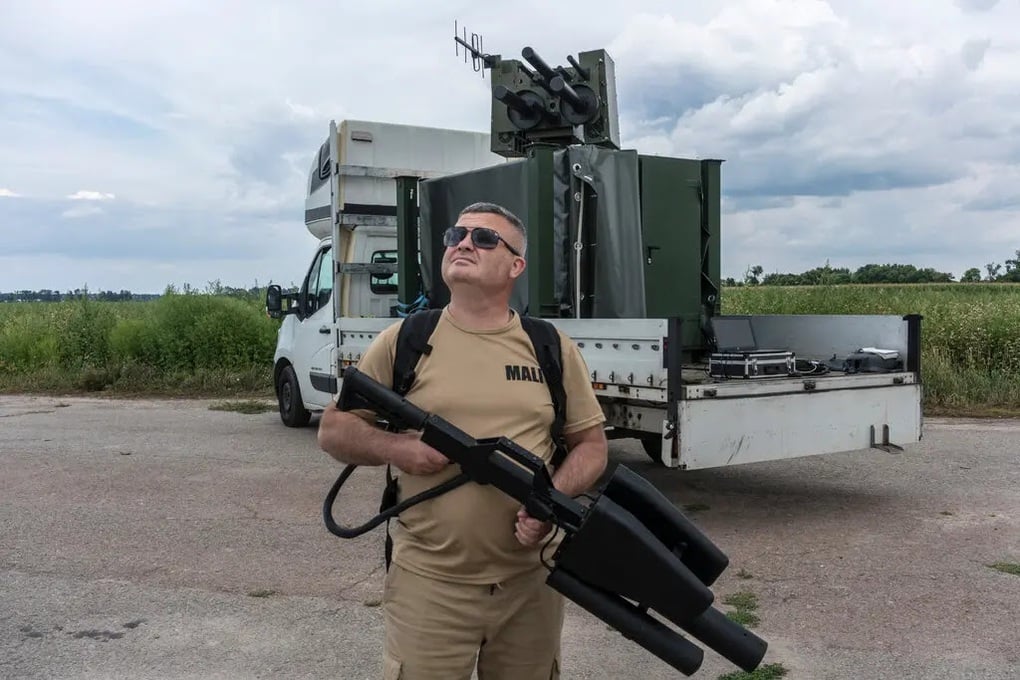
An anti-UAV gun can jam communication signals (Photo: NYT).
For months, drones made by Quantum Systems, a German technology company, have been operating in the Ukrainian military, hovering overhead to spot Russian tanks and troops.
But late last year, the machines suddenly began to “fall” like leaves from the sky as they returned from a mission. “It was a real mystery,” said Sven Kruck, Quantum’s CEO, who received a letter from the Ukrainian Ministry of Defense asking for an explanation.
But Quantum engineers soon realized the problem: the Russians had jammed the wireless signal connecting the UAV to the navigation satellite, causing the aircraft to lose its way and plummet to the ground.
To adjust, Quantum developed artificial intelligence (AI)-powered software to act as a sort of co-pilot and added a manual option so the UAV could land using an Xbox controller.
A battle is raging in Ukraine in the invisible world of electromagnetic waves, with radio signals being used to overwhelm communications links with UAVs, soldiers, identify targets and fool guided weapons.
Now, the tactic has become a cat-and-mouse game between Russia and Ukraine, quietly driving tactical changes in the 21-month conflict and forcing engineers to adapt.
These techniques have turned the Ukraine war into “a proxy laboratory” that the US, Europe and China are closely watching to see what might influence a future conflict, experts say.
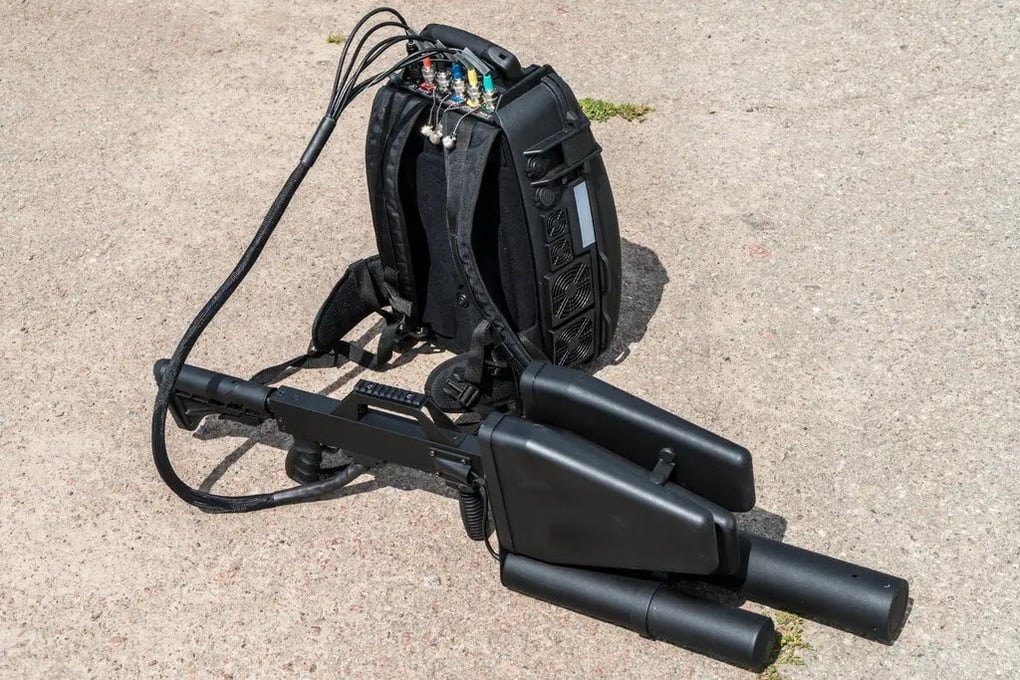
A black plastic drone is connected to a device in a backpack placed on the ground (Photo: NYT).
Nearly every form of communication technology relies on electromagnetic signals, whether it’s soldiers with radios, UAVs connected to pilots, or missiles linked to satellites. A basic but effective tool is a jammer, which disrupts communications by sending out a powerful signal on the same frequency used by radios or UAVs to create enough noise to make the signal impossible to transmit.
There are also spoof signals, which can convince a UAV or missile that it is going off course by giving it false coordinates. In other cases, spoof signals mimic signals generated by missiles or aircraft to fool air defense systems into detecting attacks that never happened.
“Russia has responded more quickly than we anticipated. That should be concerning for NATO,” said James A. Lewis, a former US official who writes about technology and security for the Center for Strategic and International Studies (CSIS) in Washington.
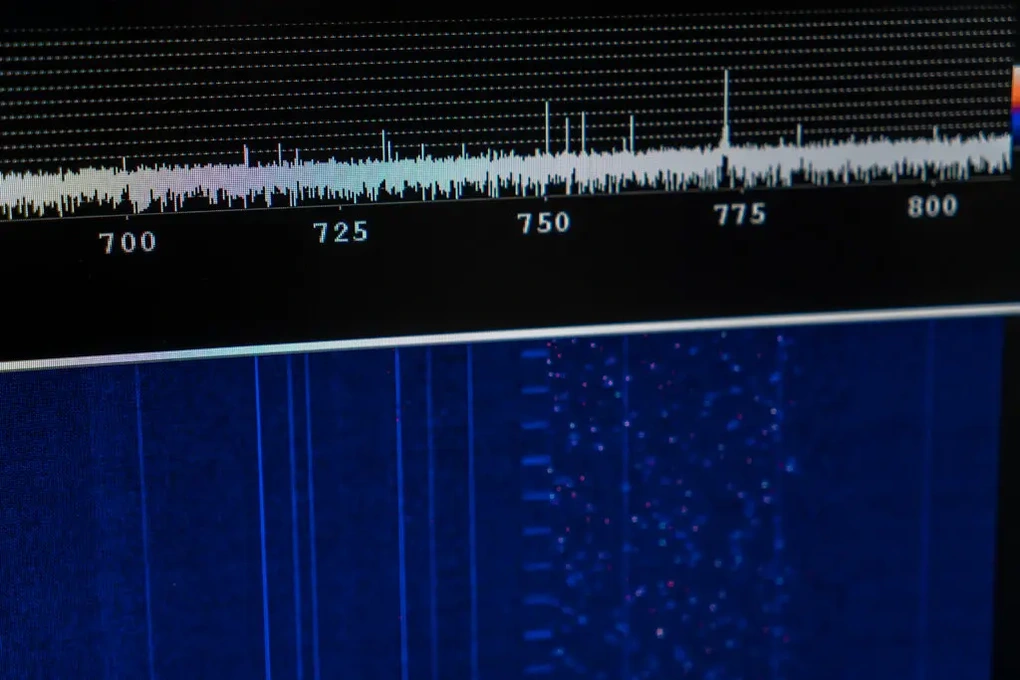
A visual representation of the rapidly changing frequency of the Himera military radio, which features signal-hopping technology that makes it difficult to jam (Photo: NYT).
As Ukraine develops counter-jamming techniques, some of those tactics are being adopted by the United States and its allies, said Clark of the Hudson Institute. For many on the Ukrainian front, these improvements are too late. “Even if you make your UAV invisible, your controller and antenna are still emitting signals,” said one Ukrainian UAV pilot.
He added that the Russians could detect a window of about 200 square meters where a pilot operating a UAV might be, noting that Russian artillery had come within “about 15-20 meters” of him when it hit. “It was impossible to completely hide it,” he said.
Source




![[Photo] President Luong Cuong presided over the welcoming ceremony and held talks with Sri Lankan President Anura Kumara Dissanayaka](https://vphoto.vietnam.vn/thumb/1200x675/vietnam/resource/IMAGE/2025/5/5/bbb34e48c0194f2e81f59748df3f21c7)

![[Photo] Solemn opening of the 9th Session, 15th National Assembly](https://vphoto.vietnam.vn/thumb/1200x675/vietnam/resource/IMAGE/2025/5/5/ad3b9de4debc46efb4a0e04db0295ad8)

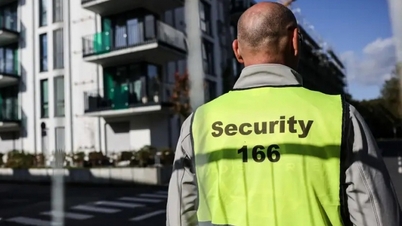



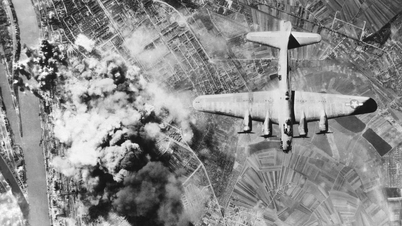

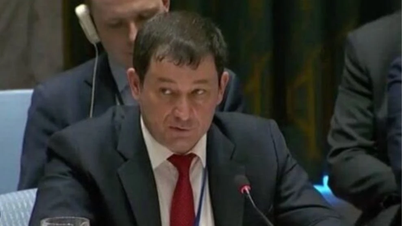


















![[Photo] National Assembly delegates visit President Ho Chi Minh's Mausoleum](https://vphoto.vietnam.vn/thumb/1200x675/vietnam/resource/IMAGE/2025/5/5/9c1b8b0a0c264b84a43b60d30df48f75)
















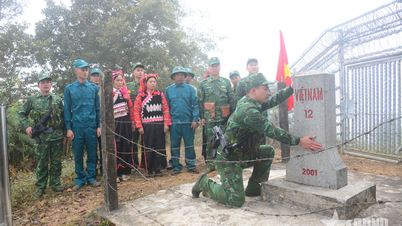









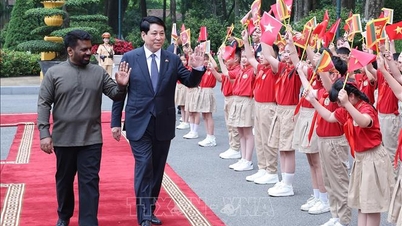






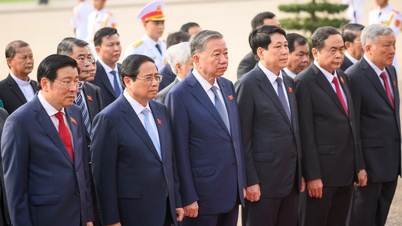






























Comment (0)